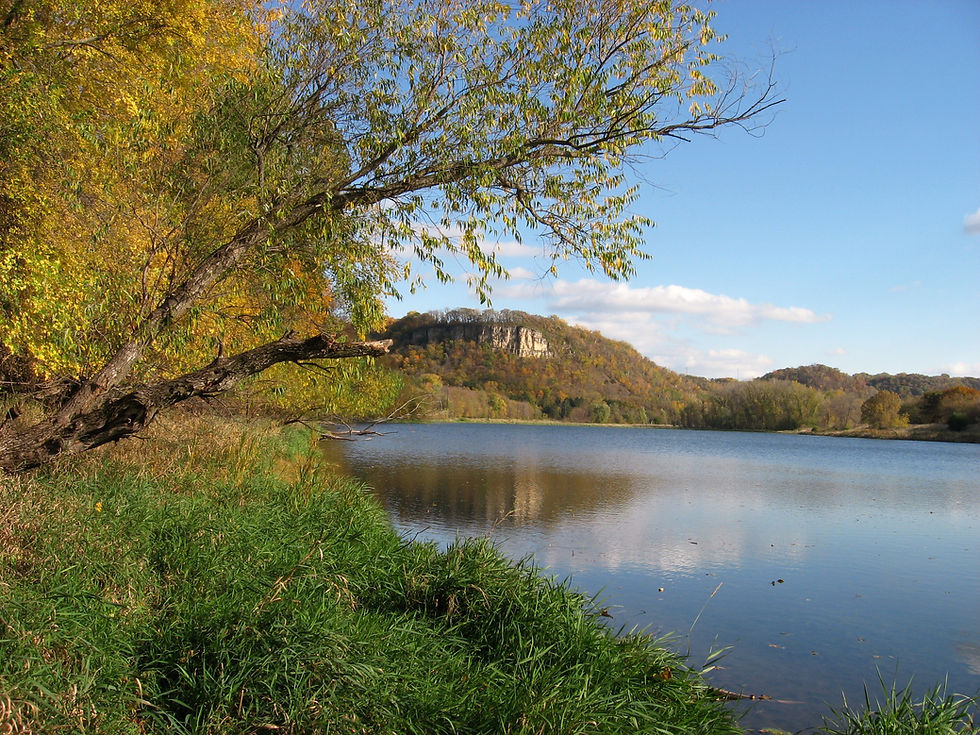Late Fall Colors
- Bruce Ause
- Oct 24, 2018
- 2 min read

Weather Stick
It seems as though our backyard balsam fir weather stick was stuck in an unhappy downward position the first two weeks of October. The incessant cloudy rainy weather most assuredly impacted the natural progression of our fall color season in 2018.

Wacouta Fall Colors
As this photo taken on October 13th demonstrates, many trees were still totally green. During the spring and summer months, most of the food production necessary for tree growth occurs in the leaves. This process of photosynthesis takes place in the cells containing green pigment known as chlorophyll.

Colors surrounding Wacouta Pond
As we head into the fall season with shorter periods of daylight and colder night temperatures, the leaves respond by producing fewer carbohydrates and chlorophyll begins to breakdown. Because we experienced cloudy conditions, warm nights and lacked a killing frost the first two weeks of October, many green pigments remained present in the leaves. In a normal year, bright sunlight will also enhance the transition of fall leaf color.

Red Sumac Leaves
As chlorophyll breaks down and the green color disappears, it is replaced by yellow and red pigments. Red pigment called anthocyanin is formed by sugars trapped in the leaves as a result of warm sunny days followed by cold nights.

Shaggy Mane Mushroom
One of the results of our recent rainy wet weather in an abundance of edible fall mushrooms. This includes the highly sought after shaggy mane (Coprinus comatus). This mushroom does not keep well and should be eaten shortly after being harvested.

Paper Wasp Nest
As the forest vegetation begins to diminish with the coming of fall, a number of nature's mysteries reveal themselves. One such surprise observation is intricate nest of a paper wasp. These are built by the wasps gathering fibers from dead wood and plant stems which are mixed with saliva to create a water resistant nest.

Soaring White Pelicans
As I mentioned in my last post, the Mississippi River was rising fast as a result of the heavy September rains. Because white pelicans search for fish primarily in shallow water, rising river levels discourage them from staying in our area. River levels the first two weeks of October approached 10 feet which was approximately 6 feet above normal for October. Pelicans are the largest birds to live in Minnesota and soar gracefully on very broad stable wings, high into the sky utilizing rising thermals. The last flock of pelicans I observed in Wacouta was on October 6th.

Ruby-Throated Hummingbird Feeding
Despite hummingbird feeding visits to our feeder dropping off dramatically by the first of October, I continue to keep syrup available until the first of November. We keep it up as a food source for any late migrating stragglers.

Snowstorm Hummer
It was a major surprise to observe a juvenile hummingbird at our feeder during the height of the October 14th snowstorm. It came back to feed several times during a two hour span. Evidently this bird became separated from others or simply didn't get the memo to get out of town.




Comments